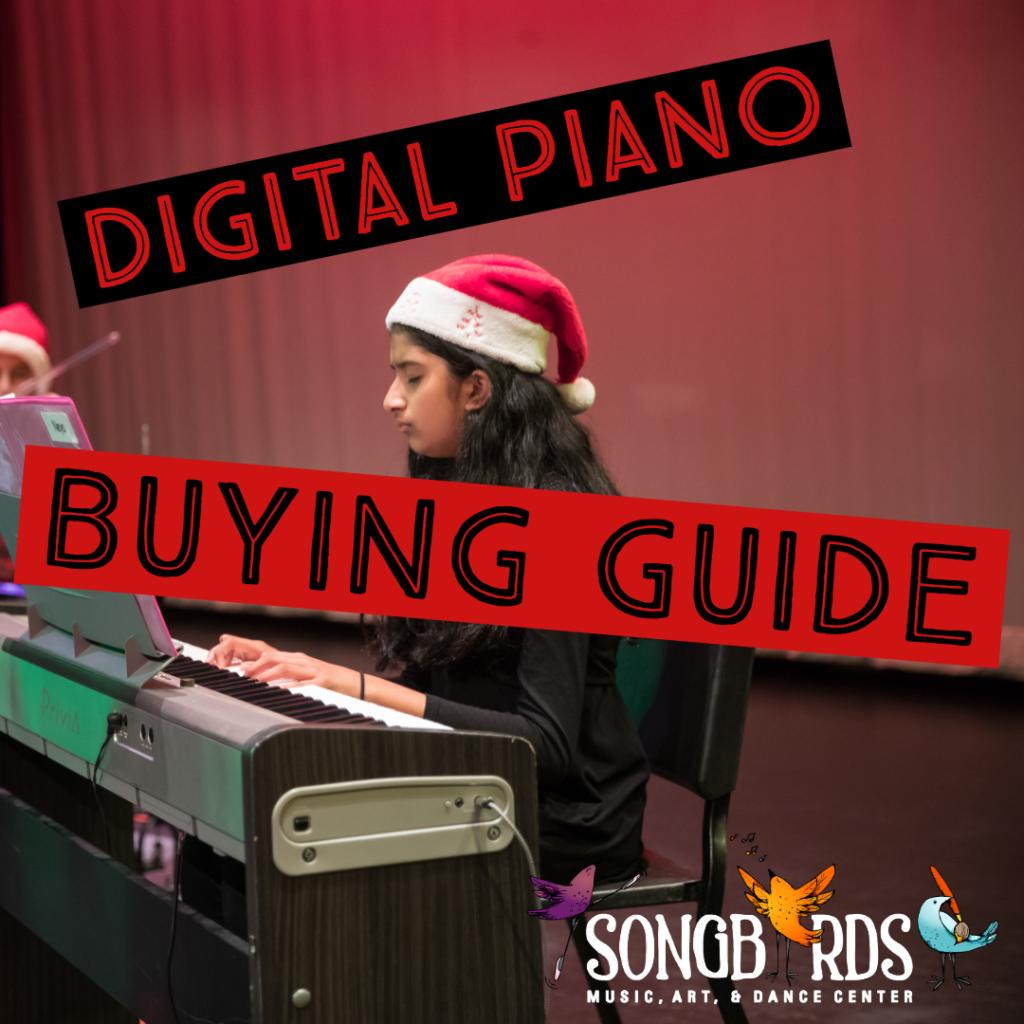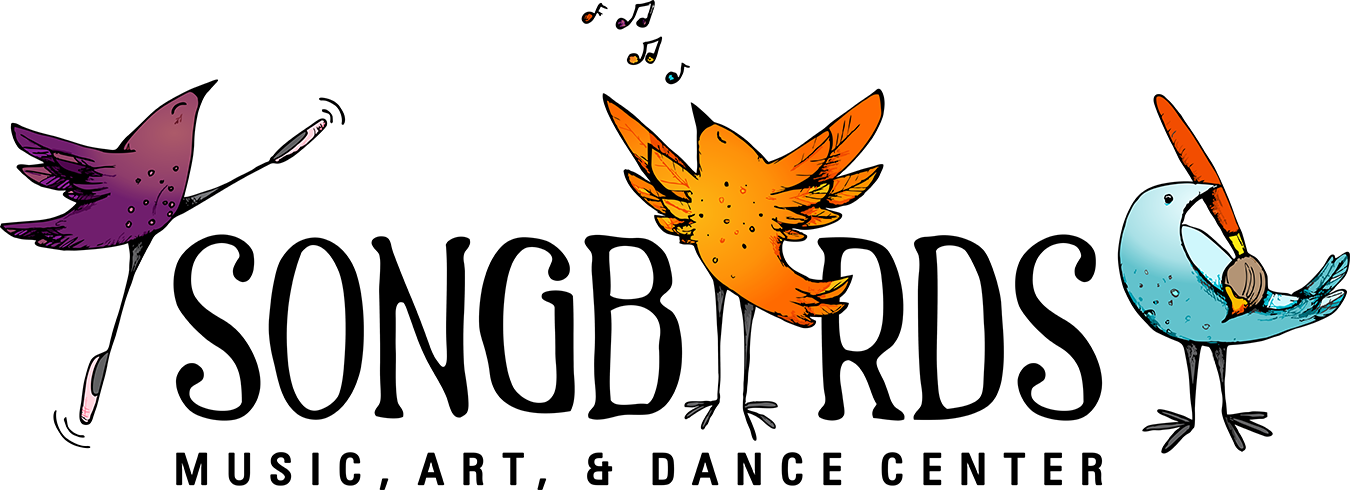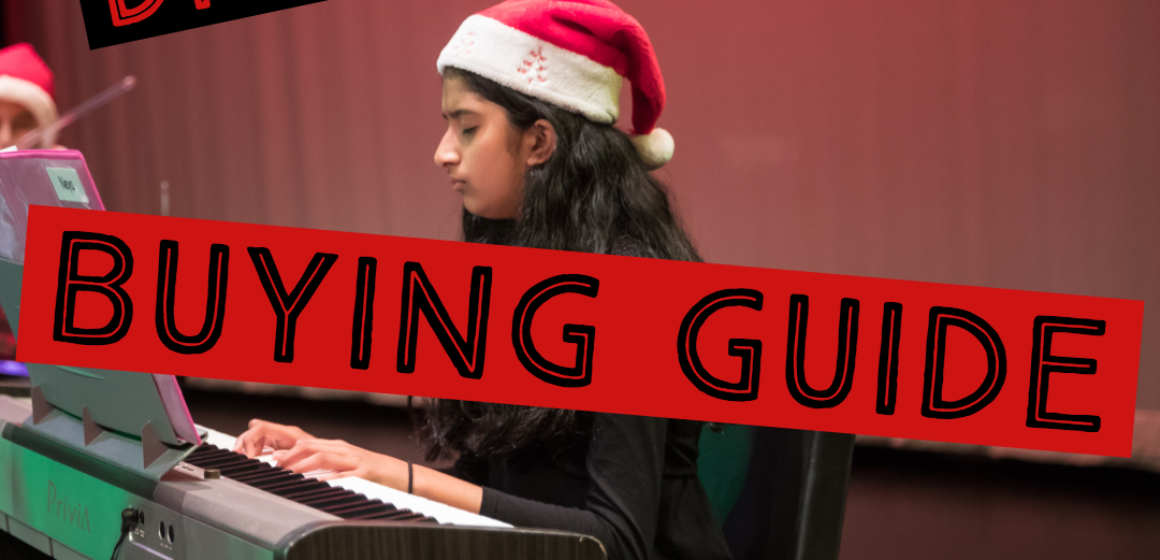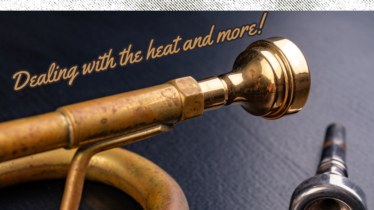
Purchasing a Digital Piano
For beginners, some important considerations should be kept in mind when purchasing a digital piano. This piano buying guide will provide information on reliable brands, pricing, and equipment.
Choose a reliable Brand. Cheaper brands may entice you with their pricing, but be wary. They have poor sound quality, break quickly, and usually end up costing you more in the end. A quality brand gives you a proven and reliable product. Reliable brands include Roland, Yamaha, Korg, Casio, Kawai, and Williams.
Do NOT buy a MIDI keyboard. This is not a digital piano. It is a piano controller that can only be used with specific computer software. You will NOT be able to practice with a MIDI controller. However, some digital pianos have MIDI compatibility as an extra feature. This is acceptable and is often a hallmark of a quality instrument.
The Two Keys for Success
88 Keys: It is important to get a full 88 key piano from the start. Piano keys have standard spacing and any keyboard with less than 88 keys tends to adjust that spacing. Even a slight adjustment will cause huge headaches. Practicing on a sub-par piano at home will make it difficult to adjust to performance on a real piano. It is also important that a student gets the opportunity to explore the different octaves on a standard piano. All students are instructed to use the entirety of the keyboard from the beginning of their musical education.
Touch Sensitivity: The most common feature that gets overlooked is touch sensitivity. This is also know as weighted keys. If a keyboard is weighted or semi-weighted, a student can press lightly on the keys for a soft sound and hard for a loud sound. If keys are not weighted, a student will press the key at varying velocity and the volume will not change. This prevents the student from practicing dynamics. All instructors teach dynamics from the very beginning as they are vital for expressive playing. Keyboards that do not have weighted or semi-weighted keys are not considered “real instruments” by most instructors. Most keyboards that don't have this feature also have oddly sized keys (width), meaning that as soon as the student gets to a real piano, everything will feel completely off.
Keyboards we recommend
Keyboards (none of the following keyboards come with stands or benches). Make sure to get a bench and either get a basic x stand (https://amzn.to/2D3TiTv) or the customized stand that goes with the keyboard you choose (more expensive, but they look and feel nicer).
Alesis Recital 88-Key Beginner Digital ($219) https://amzn.to/2CZIVjx
The Alesis Recital keyboard has been around for a few years and has made itself a staple in the beginners market. It covers all of the basics necessary in a keyboard- 88 semi-weighted keys, built in speakers, and the capability to attach to a pedal. Everything about this keyboard is good for a beginner, but not recommended towards an intermediate or advanced student. The feel, sound, and instrument quality can be described as good, but nothing to write home about. That said, if you are looking for a basic and economical beginner’s keyboard, that should last a young student a year or two, this is definitely our choice. Don’t forget to get a pedal (even beginners need these), a stand, and a piano bench!
Yamaha P71 ($399.99) https://amzn.to/33OFd8r
Yamaha is an excellent and reliable manufacturer, so you know you are getting a quality instrument and not a toy. This Yamaha piano is a solid choice for any beginner- intermediate player. It has 88 fully weighted keys and is solidly made. I would suggest upgrading the pedal, as the one included does not give you the same feeling as a real piano.
Yamaha P45 ($449.99) https://amzn.to/2siqOng
This may be Yamaha's most popular beginner piano. It is extremely similar to the P71 with a few extra features. It has the ability to record songs, features a built in metronome, and is able to split voices between hands.
Casio PX-160BK ($499.99) https://amzn.to/2qRZvPF
Casio is another reliable manufacturer. Some professional musicians can be picky about the sounds color, but their Privia line is considered to be comparable to a Yamaha. This model boasts an advanced speaker system and cool functions like duet mode. This keyboard does not come with a pedal, which is a necessity when playing piano (even for beginners), so make sure you grab one when purchasing.
Roland FP series (starting at $499.99) https://amzn.to/38798eH
Roland is by far my favorite keyboard brand. Not only do their keyboards sound amazing, they just feel better. In this Amazon listing, there are 4 different models. All are great choices for a variety of price ranges. The basic one (FP10) has your true-feel weighted 88 keys, speakers, a variety of functions and modes, and both Bluetooth and MIDI capabilities. As you get higher in price, the speakers become more advanced as do the extra functions of the keyboard. Even though these do come with a pedal, I do highly recommend upgrading the pedal.
Yamaha P125 (starting at $649.99) https://amzn.to/2QCD37T
Another Yamaha, so you know it’s a reliable and great sounding instrument. The P125 also boast 88 fully weighted digital keys. What’s really nice about this model is that the action is heavier in the lower keys and lighter in the higher keys, just like an acoustic piano. The tone and quality of sound in this piano is what makes it geared towards professionals rather than beginners. Again- upgrade that pedal! (Bundle with stand, bench, upgraded pedal: https://amzn.to/2reZLZ2)
Basic Pedal Recommendation: My recommendation for a great usable universal pedal is the M Audio SP 2 (usually on amazon for ~$20). They have always worked well for me and conveniently have a quick polarity switch on the back (enables you to switch the function of the pedal, to sustain when pressed or when unpressed) https://amzn.to/2qnk0UG
Pedals
Students will also need a pedal. Many digital pianos come with pedals, but don't feel or function like a regular piano's pedals. Learning how to use the pedal is important even for beginners, and making sure you are using a pedal that feels the same as a standard acoustic can make a huge difference. A fantastic universal digital pedal is the M-Audio SP-2 (~$20). A traditional piano has three pedals, but most students will only ever need to use one. The pedal should be plugged into the “damper” or “sustain” port on the keyboard.
Sometimes digital piano pedals seem like they are not functioning as they should. If your pedal is acting up (making sustained sounds when up instead of down), it isn't broken! The polarity has simply been reversed. The M-Audio SP-2 has an easy switch on the back to switch polarity. Pedals that do not have a polarity switch can usually be switched by turning the piano off and back on while depressing the pedal. If that does not correct the issue, unplug the pedal while keeping it depressed. All digital piano pedals are susceptible to polarity reversal.
Use this digital piano buying guide to make a great and informed purchase! If you are interested in purchasing an acoustic piano, view our guide here.
This post contains affiliate links. We receive a small amount of compensation when you purchase from our links, which we almost always blow on new guitars!




